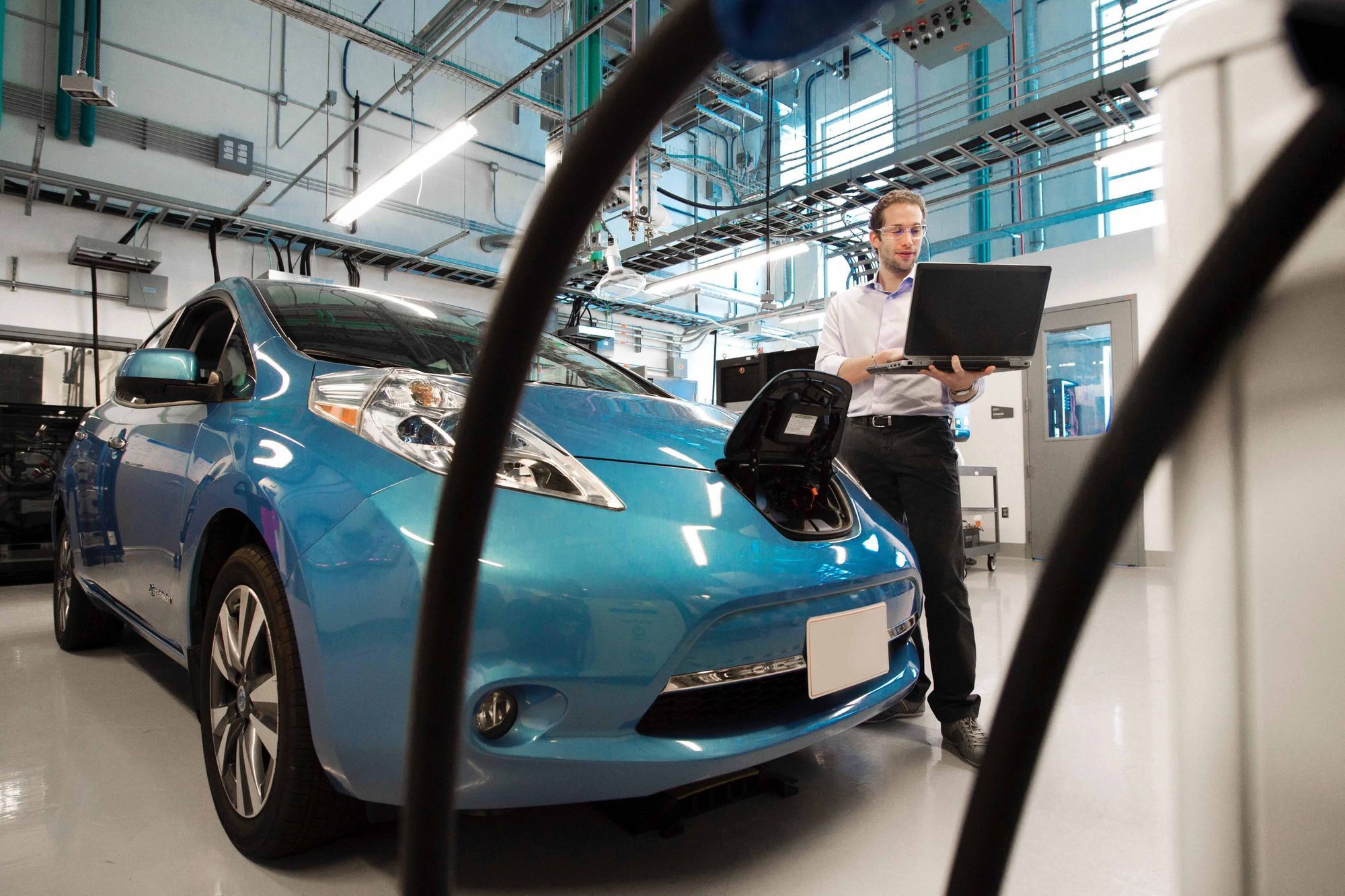Electric vehicles (EVs) are increasingly popular due to their low energy consumption, environmental sustainability and long-term cost savings. Additionally, a study from Fleet Europe explains how governments across Europe are offering financial incentives to make the switch to EVs even easier.
While there are many reasons to switch to EVs, one thing to consider is the costs for repairing the occasional bump and scrape. According to moneygeek.com, electric vehicles are 15% more expensive to insure than conventional vehicles due to their vulnerability to damages in accidents, the increased chances of damaged parts needing to be replaced rather than repaired, and the fact that materials to make an EV are more expensive. Carbon fiber, glass and aluminium, have more costs and absorb more energy during a collision, increasing the size of the damage and leading to repairers having to replace an entire part rather than hammering the damage out. As such, finding a suitable repairer who has the right supplies takes more time, effort and costs.
Johan Vos, Fixico’s VP of Growth and Innovation, and formerly Tesla’s Senior Director of EMEA Services and After Sales, shares his thoughts on the short- and long-term solutions to address the complexity and costs of repairing and maintaining EVs. By having first-hand experience leading the development of Tesla's servicing network across Europe, he points out the different issues that the automotive industry faces with the complexity of EV repairs.

Body repair shops will need to specialise to prepare and adapt
With EVs continuing to gain popularity, body repair shops (BRS’) will need to specialise. As EVs function more like computers than traditional vehicles, EV repairers need an entirely different skill set to work on them. As Vos explains, most BRS’ are unable to accept 20% of EV repair requests, because of intellectual property within the EVs systems which is owned and only accessible by the original equipment manufacturers (OEM).
There is already a variation of EV-types between battery, plug-in hybrid, or hybrid. Next to this, OEM-certifications can also vary, as a Tesla or a Nissan EV repair requires an entirely different approach. Likewise, Advanced Driver Assistance Systems (ADAS) became more complex and evolved as well. ADAS increases safety on the road and helps drivers with tasks like parallel parking and lane alignment. However, they make repairs more costly as BRS’ now need to obtain the necessary equipment, facilities, training, and skills to repair or replace ADAS-equipped parts.
Additionally, EVs run on lithium-ion battery packs that are expensive to replace and require extra measures to be handled safely. If repairers are not trained to deal with EVs, they could potentially ruin the battery, and if they don't follow the extra safety measures, they can put their own wellbeing at risk. Therefore, repairers have to go through specific training and obtain certifications to be able to perform repairs on EVs, and Fixico regularly advises their BRS’ on which certifications are relevant for them.
How fleet managers can reduce costs on EV repairs today
Because EVs repairs are complex and specific, it can be tricky to find a qualified repairer who will give you a fair price. This is why before even looking for a suitable repairer for the job, it is essential to know your vehicle’s needs precisely. As previously mentioned, there are many variations of EV-types. It’s important to find a repairer who has the right certifications and expertise in dealing with ADAS and operating with lightweight materials. This will ultimately minimise the risk of going to an unqualified repairer, who will likely overcharge as they are not familiar with EV materials.
In addition, many EV OEMs have their own repair shops which are the only ones that can operate on their vehicles as they own the intellectual property which allows them to assess the damages. This makes fleet-managers’ options very limited for where they can bring their cars. Through digitalisation and a better understanding of the needs of your vehicle, you can find specialised repair shops near you for more efficient, fast and fair repairs. Fixico’s platform uses ‘intelligent allocation’ to quickly identify the optimal BRS’ for specific repairs while considering criteria such as availability, distance, ratings, total duration, price and expertise.
Removing the last burden of EVs
The automotive landscape in Europe will change dramatically in the near future with more countries adapting their cities to EVs. If BRS’ do not adapt to the transformation, they will not be able to stay in business, and the few repairers who can cater to EVs will have dramatically higher repair costs and duration times. Fleet managers should also review and digitise their repair management process to ensure maximum efficiency and find the best repair solution for each damage to save costs and limit vehicle off-road time. If fleet managers and BRS’ manage to adapt, driving emission-free will be more affordable, removing the last burden that comes with managing and owning EVs.
“In the next few years, assessing and fixing an EV damage should be just as easy as any other vehicle. In the same way you have different kinds of options for grocery shopping depending on your preferences for quality, costs and diet, there will eventually be specialised repair and maintenance shops everywhere to cater to different kinds of vehicles,” says Vos.

Get started today
In 2021, companies using Fixico to allocate car damages were able to reduce repair costs by 29% and cycle times by 33%. Fixico’s intelligent matchmaking platform guarantees that each and every repair gets taken care of under the optimal conditions while unlocking data insights, reduced cycle times and competitive prices.
Fixico offers possibilities for companies of any shape and size and can adapt to the needs and requirements of your business. Request a free demo and unlock the potential of digital repair management.
